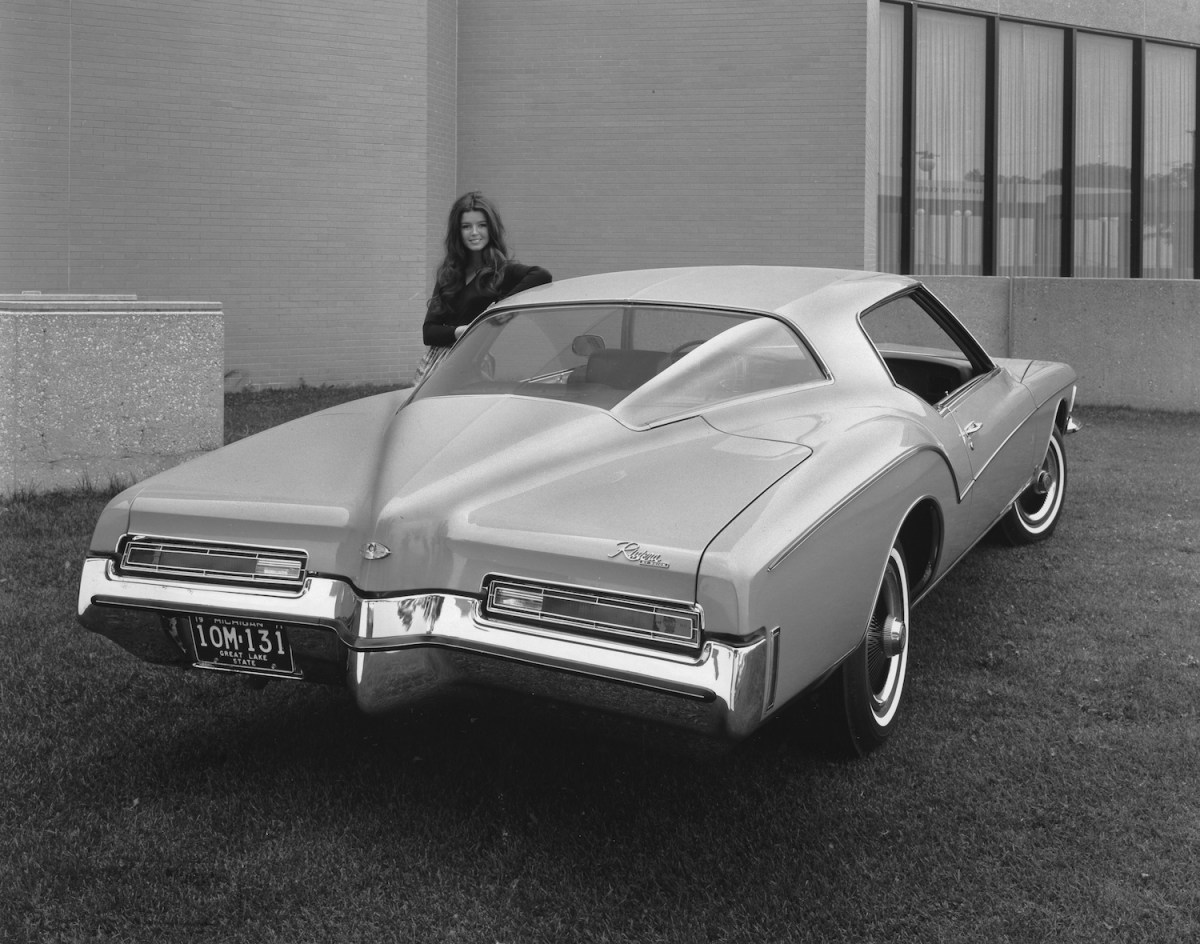
Uncovering Myths of F1 Technology Trickling Down Into Road Cars
You may have heard that much of the technology we enjoy in modern passenger cars come from Formula 1. Unfortunately, that’s mostly false. Things like ABS, active suspension, seat belts, power steering, and traction control were developed well before they entered Formula 1. While it might be true that the premier open-wheel racing series had a hand in the technology’s rapid expansion, it is not responsible for putting them on the map. Here are some common myths about Formula 1 technology trickling down into road cars.
Anti-lock brakes had a checkered history before F1

The Williams FW14 F1 car from 1992 offered spectators a showcase of advanced F1 technology. The car had every driver aid under the sun, including anti-lock brakes (ABS). Mercedes-Benz credits itself for introducing ABS in road cars in 1978. However, Chrysler has it beat by about seven years, while Jensen had it even before Chrysler, as part of its 1966 Interceptor FF. The FF was an AWD European muscle car, without a doubt.
The first vehicles to use ABS were World War II aircraft, and that system was adapted for the Jensen FF. Ford had a turn in 1969 with the first electronically controlled Sure-Track anti-skid system in its Thunderbird and Continental Mark III, according to Hagerty, but it was an extra $200. Chrysler finally produced cars with its Sure-Brake system in the 1971 Imperial, decades before Formula 1.
Active suspension: praise be to Lotus… and Citroen

The Willimas FW14 F1 car used active suspension, which allowed the car to balance itself through a corner. It won most races that year, earning Nigel Mansell his one and only world championship title. However, it wasn’t even the first F1 car to use active suspension. The Lotus Type 92 was the first F1 car to use the technology, way back in 1983. The previous Lotus Type 80 was finicky around corners and over bumps, constantly shifting its center of gravity. Lotus engineers developed active suspension to adjust ride height on the fly and keep the car balanced.
Even before that, the first instance of traction control came from a six-cylinder Citroen Traction Avant in 1954. The Avant used a hydropneumatic rear suspension that was self-leveling, locked by a control on the dashboard. It was a precursor to Citroen’s DS, which would release in 1955. To give credit where it’s due, Lotus should be acknowledged for advancing active suspension as we know it today in 1985 with the Excel, even if it didn’t create the idea.
Traction control came from a seemingly unlikely source

When you throw maximum throttle into a corner while driving your rear-wheel-drive car, and you experience a loss of power, that’s traction control working to eliminate wheelspin. Although F1 sometimes gets credit for creating this technology, it didn’t show up for the races until 1990. Although ABS and limited-slip differentials are technically forms of traction control, the first instance of computerized TC appeared on a Buick in 1971, which GM called MaxTrac. It was a computer that measured the front wheel speed and compared it to the transmission output. If there was a difference, the computer would cut engine power.
All of this isn’t to say F1 didn’t add to modern technology. Paddle shifting semi-automatic transmissions exist because of the 1989 Ferrari F189, and today Mercedes-Benz is working on bringing its electric turbo technology into road cars. Give credit where it’s due, but don’t take it away from General Motors, Chrysler, and Lotus.


